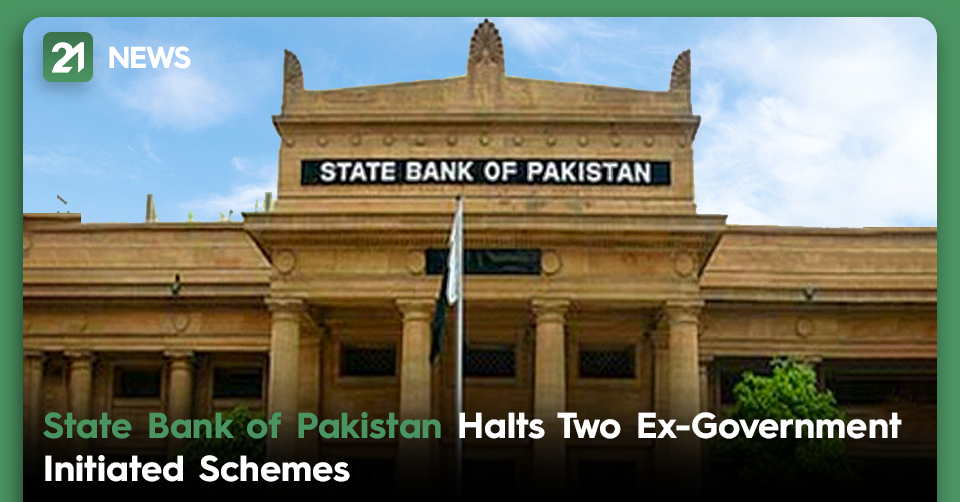State Bank of Pakistan Halts Two Ex-Government Initiated Schemes

The Mera Pakistan Mera Ghar (MPMG) scheme and the Prime Minister’s Kamyab Jawan Youth Entrepreneurship Scheme have both been put on hold by the State Bank of Pakistan (SBP) until August 31, 2022, and July 15, 2022, respectively.
The previous Pakistan Tehreek-e-Insaf administration pledged to provide five million homes through the Naya Pakistan Housing Program. Data shows that only 21,980 low-cost homes have been delivered, while 52,439 are still being built, and 95,084 are still in the planning stages. The flagship programme sought to increase economic activity in the construction industry while also ensuring that Pakistan had access to enough homes.
According to the SBP, the same reason is behind the suspension of both programmes. “The Government of Pakistan is planning to review/revise programme features in light of recent changes in the macroeconomic scenario.”
The circular further explained that financial institutions may issue the remaining disbursements under MPMG in circumstances where partial disbursements have been made through June 30, 2022.
The disbursement of subsidies under the house financing scheme has already been halted by banks, according to officials at Naya Pakistan Housing & Development Authority (NAPHDA), a dedicated organisation established in January 2020 through a law of parliament to work on the scheme. This is because the budget 2022–23 does not include any funding for it.
According to the SBP’s data, PKR 473 billion had been sought as of May 31, PKR 212 billion had been authorised, and PKR 85 billion had been paid out under MPMG. For the month ending May 2022, there was PKR 415 billion in unpaid credit for housing and development.
Only PKR 500 million from the budget 2022–23 is set aside for NAPHDA, which is not enough to cover the annual subsidy needs of 16,000–17,000 under-construction housing units.
“The disbursement has already been discontinued shortly after the budget 2022–23,” said an official, adding that the problem with this programme also stemmed from the increased subsidy volume following a sharp increase in interest rates.
According to the plan, the government was required to cover the remaining interest rate of the subsidy it had stated under the low-cost housing programme.
The scheme required that the borrowers pay a financing rate of 3% for the first five years and 5% for the following five years. The government was required to pay the remaining interest financing as a subsidy at the current interest rate of 13%.
For the latest Real Estate News and Blogs, visit Agency21 International.

